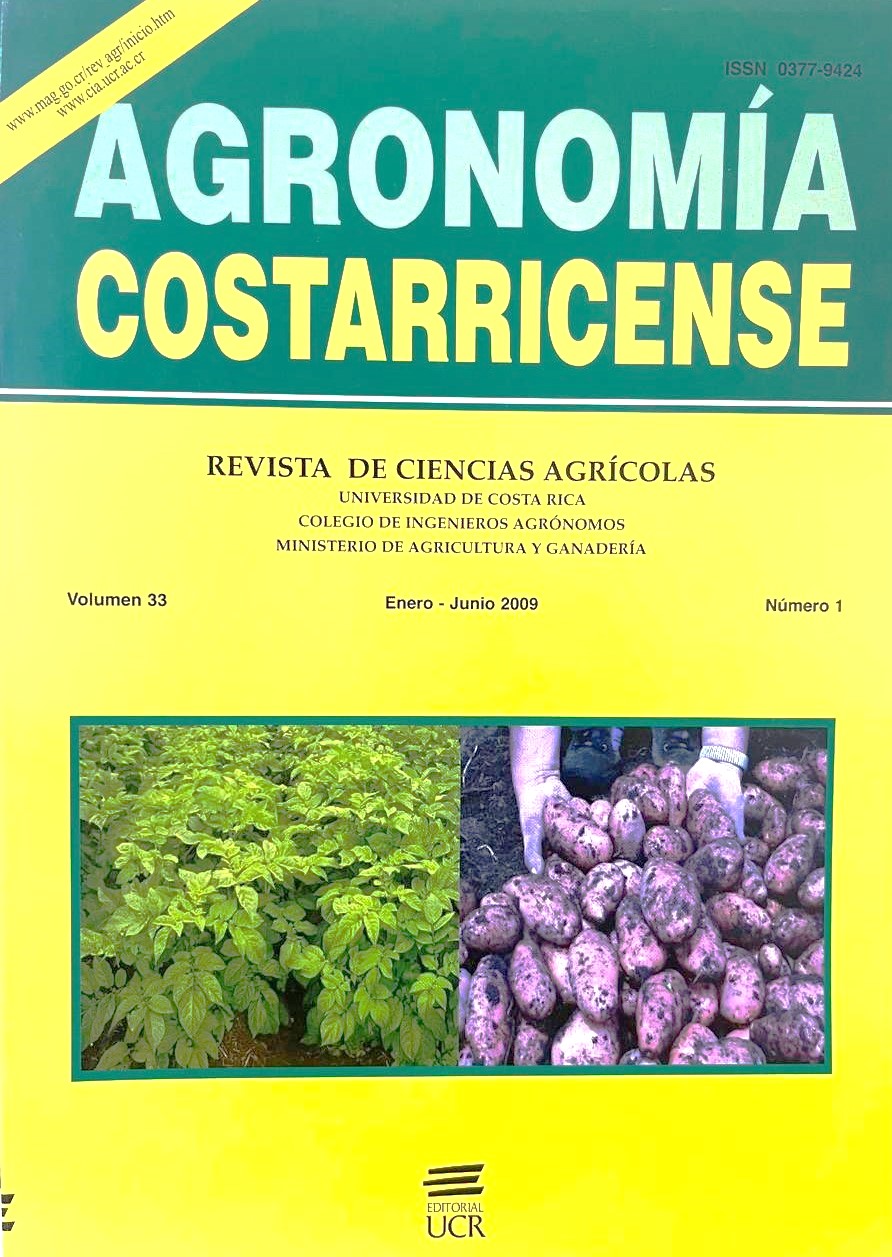Abstract
Nutritional value of hay used to produce the edible mushroom Pleurotus ostreatus was analyzed. Hay samples taken before and after inoculation with the mushroom were analyzed for their dry matter (DM), crude protein (CP), ethereal extract (EE), ash (Ce), in vitro dry matter digestibility (IVDMD), no fiber carbohydrates (NFC), neutral detergent fiber (NDF), acid detergent fiber (ADF), lignin, neutral detergent insoluble nitrogen (NDIN), acid detergent-insoluble nitrogen (ADIN), total digestible nutrients (TDN) (1X), digestible energy (DE), metabolizable energy (ME), net energy for lact tion (ENl), net energy for maintenance (ENm), and net energy for gain (ENg). Transvala hay contents of CP, IVDMD and TDN were low; on the other hand, high contents of lignin, NDF and ADF were obtained. DM, NDF, hemicellulose (He), lignin, NFC and EE contents showed significant differences due to the mushroom’s growth. Quality variation in these variables was (-) 48.75%, (-) 24.76%, (-) 80.22%, (-) 27.94%, (+) 51.52% and (-) 26.13%, respectively. Hay nutritional quality improvement after mushrooms harvest, is not so significant as to change the perspective on the use of hay for ruminants feed; therefore, the benefit of hay is based on physical aspects rather than nutritional value.
##plugins.facebook.comentarios##

This work is licensed under a Creative Commons Attribution-NonCommercial-NoDerivatives 4.0 International License.
Copyright (c) 2016 Agronomía Costarricense


